Maximum flight speed is typical for such insects as winged dragonflies, braziers and higher flies. But even among the land there are their record holders. They can move with lightning speed, which plays a huge role for them. To some species, rapid movement helps to feed, and others to save themselves from other predators and not to become their dinner.
Readers are presented the fastest insects in the world - the top 10.
10
Locust

The locust is capable of speeding up to 20 km / h in search of food. Due to this factor it is included in the list of the fastest insects. With an abundance of food, the insect leads a single way of life, but with a shortage of food it forms huge colonies( numbering tens of millions of individuals), which begin an active search for food-rich areas. Colonies make high-speed flights mainly in the morning or in the evening, for distances up to 100 km.
9
Flea

Flea is the fastest insect among parasites. The speed of her movement for one jump is equal to 1.9 meters per second. In addition, the insect moves very quickly in the animal's fur, which makes it almost imperceptible and elusive.
8
Water meter
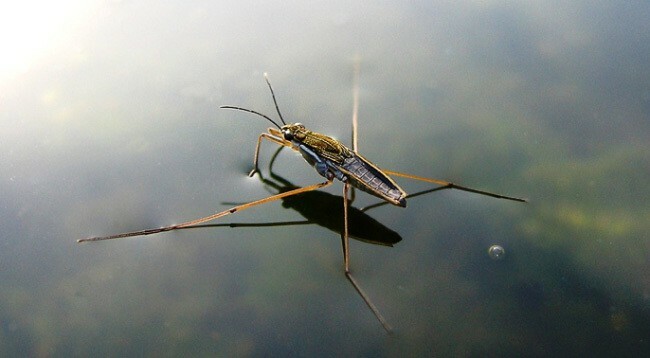
Water meter are considered the fastest insects that live on the water surface. The speed of movement along the water body averages 4 km / h. Water meters as if on ice easily slip on the surface of ponds and streams. How do they manage to "walk on water" and remain completely dry? A detailed study of the surface of the feet of water meters gives an amazing answer. Many insects, when in contact with the surface of the water, adhere to it, and the feet of water meters are covered with wax and thousands of fluffy tiny hairs known as microfobs that hold the air and form a floating pillow.
7
Hornet
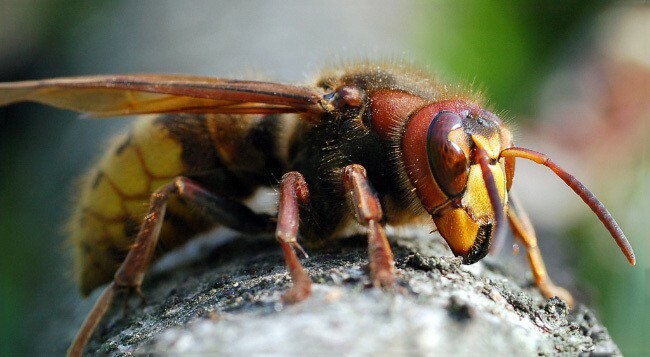
Hornet - one of the fastest flying insects in the world with a maximum flight speed of up to 25 km / h. His main food, which he constantly searches for, is nectar and vegetable food rich in sugar. Adult individuals also hunt for many insects, which they kill with a sting and powerful jaws. Due to their size and the strength of the poison, the hornets can kill quite large insects, including bees, grasshoppers, wasps and locusts without much effort. The victim completely chews, but is not eaten immediately, but in the form of a suspension fed to the larvae that develop in the nest. Considering the fact that hornets eat various pests, they can be classified as useful insects, although with some reservations.
6
Bracelets

Bracelets are butterflies that are considered to be the fastest in the world. When flying, lepidopteran insects can reach speeds of up to 54 km / h. They fly better than all other butterflies. They spend a lot of time in the air, and are able to hang over the flower and with their long proboscis to suck out the nectar from the flowers. Due to this, they play a big role in the pollination of flowers with deep coronals. They wiggle their wings very quickly, like hummingbirds, as if "stand" in the air above the flower, and they are sometimes confused with these birds. Some genera of brave men fly in the afternoon.
5
Bee

The list of the fastest insects in the world rightfully includes the bee .The speed of the bee's flight is 65 km / h, which is approximately equal to the speed of the car around the city. The bee for one flight gathers nectar almost as much as it weighs itself. With a full honey ventricle, the bee can reach speeds of up to 30 km / h. To gain 1 kg of nectar, the bee will have to make up to 150 thousand flights from the hive. On average, for one flight, the bee overcomes up to 3 kilometers. To produce a kilogram of honey, the bee must fly an average of 450 thousand kilometers. This means that the distance that the bee flies is the same as the distance that must be flown to circumnavigate the equator of the Earth about 10 times.
4
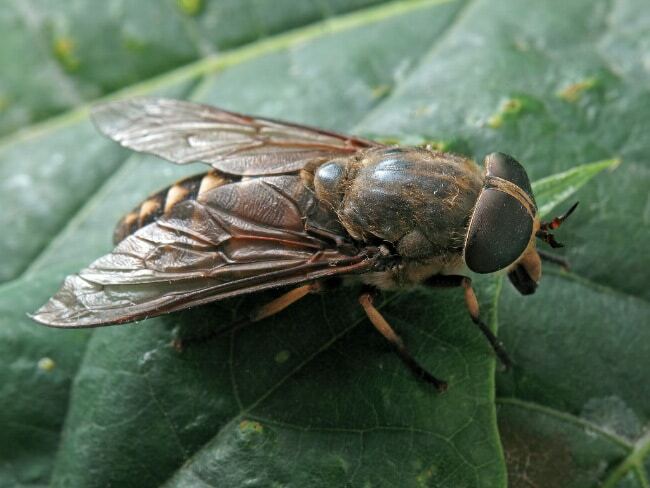
Blades hives are considered to be very fast flying insects capable of reaching speeds of up to 60 km / h during mating. Holes are inhabited by all continents except Antarctica. They are also absent in Iceland, Greenland and some oceanic islands. The largest number of flies, both in number and in number of species, occurs in wetlands, on the borders of different ecotopes, in places of grazing. From the neighborhood of a person, their number only increases.
3
Beetle Breeder
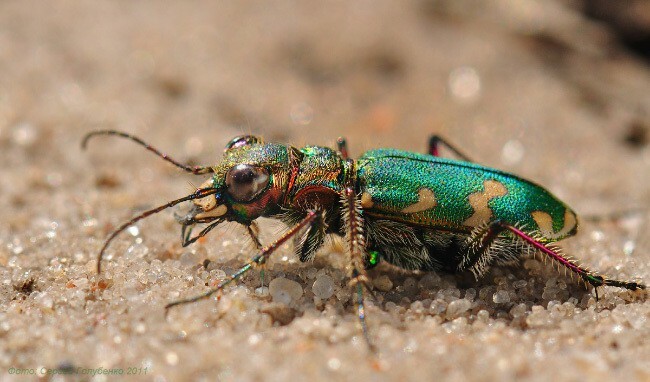
Beetle Breeder is one of the fastest among insects, the speed of movement of which can sometimes exceed 2 meters per second. It can be attributed to useful insects, which destroy the pests of gardens and vegetable gardens. One horse can destroy over the summer more than 400 harmful insects. They hunt in sunny weather. The beetle flies at high speed, only for short distances. Sensing the danger, he instantly rises into the air and, flying a short distance, falls down. These arthropods can hunt on the fly, but their main food is mined on the ground, pursuing insects or larvae. Referring to the fastest runners among their relatives, the hunter easily overtakes the quickest victim. Clinging to the prey with powerful jaws, the beetle is abundantly watering it with gastric juice with digestive enzymes. Under the influence of juice, the internal organs of the caught prey are partially digested, and after a while, the meadow remains only to suck the nutrient gruel.
2
Cockroaches
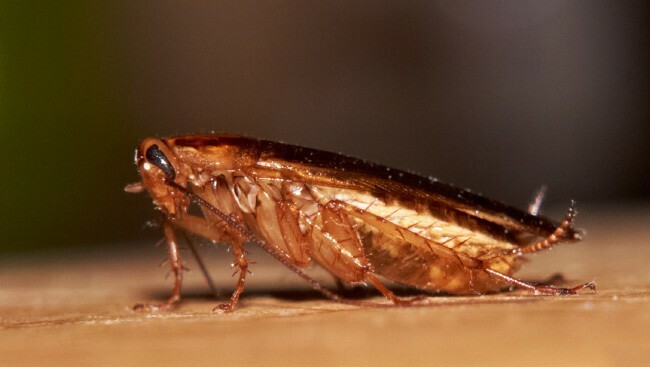
Cockroaches are the fastest runners from all land insects. In 1991, a world record was set: a representative of Periplaneta americana developed a speed of 5.4 km / h or 50 lengths of the cockroach body per second. If a person were running at such a speed, then there would be no need for cars. In this case, people could reach speeds of up to 330 km / h.
1
Dragonfly

Dragonfly is considered to be the fastest insect in the world, which can develop a speed of flight up to 97 km / h. The usual flight speed is 30 km / h. They are classified as predatory insects. When scientists began studying dragonflies in 1999, they learned that dragonflies do not "track" their prey flying after it through the air, they "intercept" it. In other words, the dragonflies ensure the exact killing of the victim, flying to where the victim will be after a while. This indicates that during the hunting of the dragonfly three things are calculated: the distance to their prey, the direction of its movement, and the speed with which it flies. Within a millisecond, the dragonfly calculates the angle from which it should be approached, and as in the horror film an unfortunate victim who flies in her claws, without knowing it herself, is waiting in the place.


